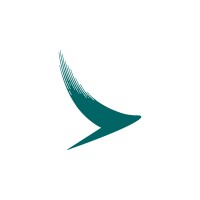
Japan Airlines
Japan Airlines (JAL), Japan’s first private aviation company, was established in 1951 and is a member of the oneworld® Alliance. The airline operates a fleet of 227 aircraft (as of March 2024) and began renewing its international long-haul aircraft with the Airbus A350-1000 starting 2023 Winter Schedule. Together with other JAL Group and partner airlines, JAL offers an extensive domestic and international network that serves 384 airports across 66 countries/regions. JAL is proud to have received numerous accolades for its exceptional service, including being recognized as a certified 5-Star Airline by Skytrax and awarded the prestigious "World Class" Airline title by APEX, the Airline Passenger Experience Association. An airline with a rich history and a reputation for defining the essence of traditional Japanese hospitality, JAL is dedicated to providing guests with the highest standards of flight safety and service quality. JAL aspires to provide an elevated travel experience that heightens your senses and aims to become the most preferred airline in the world. JAL Social Media Use Agreement https://www.jal.com/en/social/use_agreement.html






